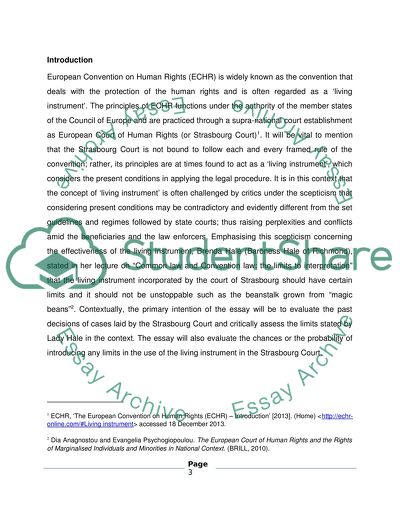Cite this document
(“Human Right Law Coursework (Final Year LLB Law) Essay”, n.d.)
Retrieved from https://studentshare.org/law/1498425-human-right-law-coursework-final-year-llb-law
Retrieved from https://studentshare.org/law/1498425-human-right-law-coursework-final-year-llb-law
(Human Right Law Coursework (Final Year LLB Law) Essay)
https://studentshare.org/law/1498425-human-right-law-coursework-final-year-llb-law.
https://studentshare.org/law/1498425-human-right-law-coursework-final-year-llb-law.
“Human Right Law Coursework (Final Year LLB Law) Essay”, n.d. https://studentshare.org/law/1498425-human-right-law-coursework-final-year-llb-law.


